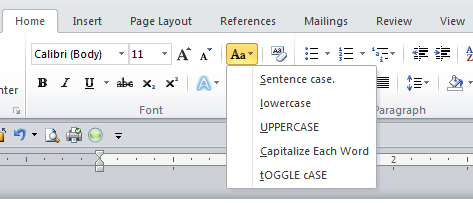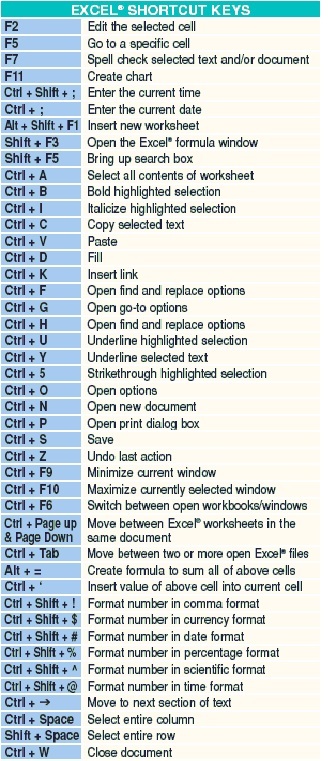
- #Add comment shortcut word how to
- #Add comment shortcut word full
- #Add comment shortcut word windows
(Getting table names and variable names makes use of column metadata, which doesn't require scanning all of the rows in a data set.) As you can imagine, that can be a very expensive operation for large data sets, and a shortcut key that launches that could get you into trouble. The program editor cannot list the domain of values in a variable. Hoping you and SAS have a solution to this for all of us that have to maintain existing EG projects.
#Add comment shortcut word how to
My biggest fear is not being able to do a global search OUTSIDE of EG to find certain code, variable names, or text strings to find out which EG projects contain what I am looking for.ĭoes the newest version of EG have this capability? That is search OUTSIDE of EG to find a text string? And, I mean NOT to have to convert EG projects to external files just to find this string.ĮG is GREAT for development - BUT has SAS developers thought how to maintain EG code on a global basis? Maintenace is a BIG factor in the IT world as things change ALL THE TIME - and so code has to change as well. However, can you do this with EG - what ever version? We are migrating to the newest version of SAS 9.4 with the newest version of EG. If I was to find where a particular set of code or variable names reside within a directory, I can do a global search across all of my programs to find this section of code or variable names and get a list of programs where they occur. I am a 30+ year SAS veteran and have mostly done all of my coding in Base SAS using DM or Ultraedit and save my code as external sas programs. Now here is a question and hope you have a solution to it. Hope for ugly programs: the SAS Enterprise Guide code formatter WANT MORE GREAT INSIGHTS MONTHLY? | SUBSCRIBE TO THE SAS LEARNING REPORT Take SAS program editor abbreviations to the next level There are several conference papers on the topic: here's one from Art Carpenter.
#Add comment shortcut word windows
While my instructions here apply to SAS Enterprise Guide, this is all available in SAS for Windows when you use the Enhanced Editor. I assigned Alt+Shift+D to this command, and when I press it just now I get:
#Add comment shortcut word full
Be sure to click " Include commands without key assignments" to see the full list of available commands. If you're a "keyboard person", then you'll want to visit this window and explore. From this window you can customize the keypress behaviors to your liking, and you can also combine commands and assign them to new keys. In SAS Enterprise Guide, you can view them all by selecting Program->Enhanced Editor Keys. There are dozens of other shortcut keys and commands available in the program editor.

Move caret to matching DO/END keyword: Alt + Move caret to matching parenthesis/brace: Ctrl + Go to line: Ctrl + G (prompts for a line number)īe sure to turn on Show line numbers in Program->Editor Options, or you'll be navigating blind!

Unwrap selection (or current line) from a comment: Ctrl + Shift + / Wrap selection (or current line) in a comment: Ctrl + / Here are 5 examples of quick keystrokes that can save you time.Ĭonvert selected text to upper case: Ctrl + Shift + UĬonvert selected text to lower case: Ctrl + Shift + L Any program editor worth its salt offers basic reformatting features, and the SAS program editor is no exception. Do you need to retype the program? Of course not. When users copy and paste these generated programs into their own code projects, they often want to convert the keywords to lowercase. * Headline-style initial caps */ Proc Means Data=Sashelp.ClassĮven though the uppercase style is old-fashioned, it's the style used by SAS Enterprise Guide tasks.

* lower case, unassuming */ proc means data=sashelp.class * This is your grandpa's SAS program */ /* Before the shift key was invented */ PROC MEANS DATA=SASHELP.CLASS


 0 kommentar(er)
0 kommentar(er)
